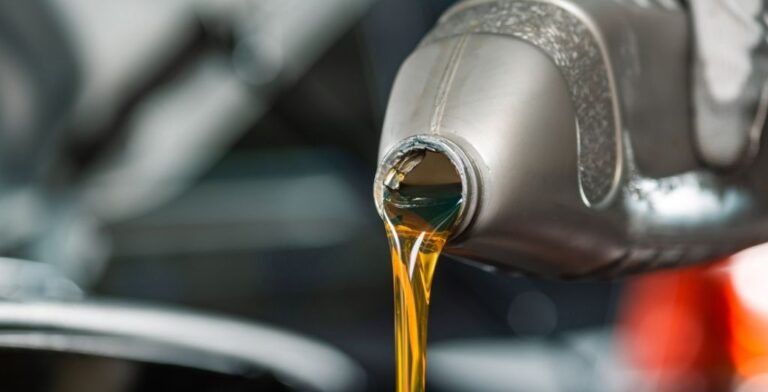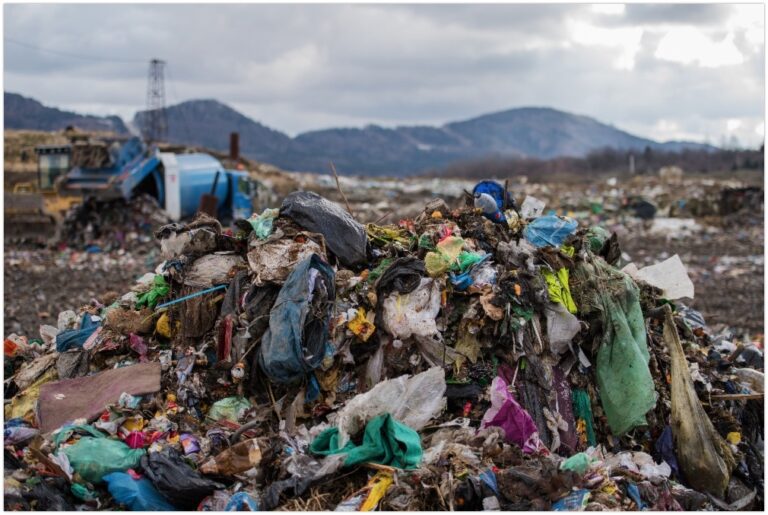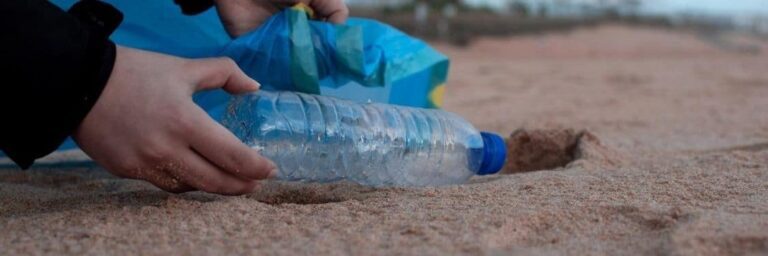The Great Barrier Reef – the world largest coral ecosystem and unmatched biodiversity haven – is an ideal destination if you want an ultimate snorkelling and diving experience. During your visit, you will sample a variety of vibrant coral species. That aside, research tells us the Great Barrier Reef is in big trouble.
Scientists project that if nothing is done, then by 2050 the Great Barrier Reef cover could be gone. Already, about 50% of the cover has been lost. At Paul’s Gold Coast Rubbish Removal, we always aim to properly dispose of our rubbish and educate the public about the benefits of recycling and the consequences of littering. Here are 20 facts about the waste in Australia’s Great Barrier Reef.
1) The coral reef is shrinking. The hard coral cover has been declining in recent years. Some studies show that the coral has shrunk from 28% to 13.8%. This decline is severe in the southern section of the Great Barrier Reef.
2) Marine turtles are stranded. The Great Barrier Reef is the habitat of 6 of the seven marine turtle species. However, over the last few years higher than normal stranding has been witnessed.
3) The reef risk being downgraded by the World Heritage. The decision by the Great Barrier Reef Marine Park Authority to allow dumping of one million tons of dredge waste to give room for coal port expansion is a sign of the demise of the reef.
4) Human continues to pose a threat to the survival of the reef. Being a popular tourist destination, many huge liners pass through the reef. This means that any shipping accident can cause serious pollution.
5) The reef is half destroyed. Ecologist Katrina Fabricius has explored the reef for many years. In 2012, she discovered that the reef has lost nearly half of its corals. The main cause of damage is the sea star.
6) Bleaching caused by heat stress is another threat to reef growth. During 2016 and 2017 alone, the reef lost nearly half of the corals because of severe bleaching.
7) Coral have a taste for plastic. Another threat to the reef is plastic in the sea. A strange thing about the reef is that it enjoys the taste of microplastic. Scientists believe the coral is probably lured by the taste of chemicals in plastic particles.
8) The Great Barrier Reef almost drowned. At one time, the melting of glaciers and polar glacier and ice caused a rise in sea levels, which almost destroy the reef. The reef only resumed growth when the water levels stabilise.
9) 25% of the severely damaged reefs on the northern section risk losing 83 – 99% of the corals. High mortality would most likely have a significant impact on the survival of even the toughest species.
10) Almost 14 billion plastics and water bottles in Australia make their way into the sea every year. This is a big threat to the survival of the reef.
11) The worst hit region of the reef is the northern sector where a majority of the corals are severely bleached meaning these corals could soon die.
12) Corals are severely bleached. The conclusion of Australia’s National Coral Bleaching Task Force revealed that about 93% of the coral reefs have varying levels of bleaching.
13) Over 80% of all freshwater and marine pollution in Australia can be traced to land pollution. Sulfate soils are a major marine pollution problem.
14) Oil spills and toxic fuel. While this does not happen too often, in 2009, Australia witnessed one of its serious oils spills. The Great Barrier Reef receives many ships each year, so such leakages can do a lot of harm to the reef and its surrounding marine life.
15) Dumping and dredging can smother corals. WWF believes that dumping of dredge spoil in the reef will most likely lead to the reef’s decline. Being home to many endangered marine species, the dumping will create new stress on the Great Barrier Reef.
16) It is estimated that by 2025, about 15.7 billion pieces of plastic from the Asia Pacific will be stuck on coral reefs. This will likely cause the rise of coral disease.
17) Microplastic can release toxic substances to the reef. Griffith University-based researcher Ali Karami found out that microplastic can release pathogen microorganism which can harm the body of the coral. In recent years, the reef has been hit hard by this menace.
18) Tooth Brush and bottle caps are to blame. Dr. Joleah Lamb, a researcher from the Coral Reef Studies center said the damage caused by plastic on the reef was most likely toothbrushes and old bottles.
19) Farm runoff such as herbicides, fertiliser, and pesticides is to blame for 90% of the pollution that pose a threat to the Great Barrier Reef.
20) Rise in sea temperature. Sea temperature has a significant impact on the survival of marine species. When sea temperature rises, the relationship between algae, corals and other marine species breaks down.







